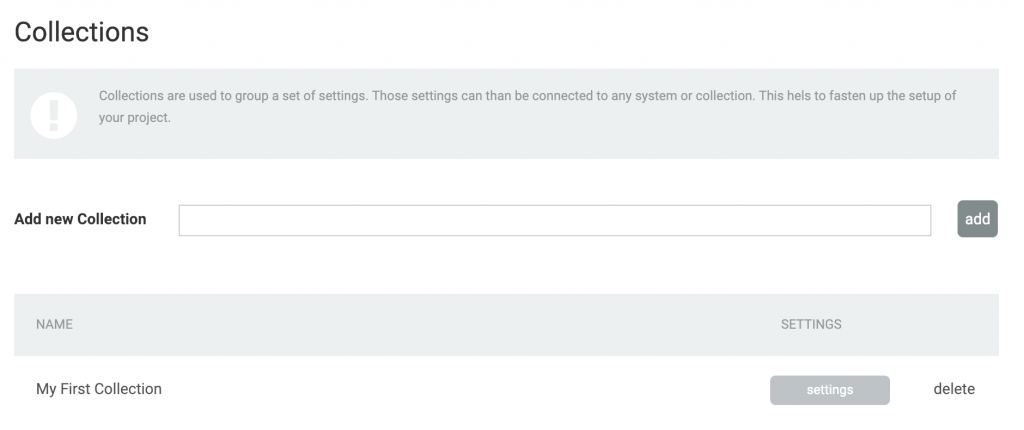
Documentation
Collections are one of the most important features in Leankoala as they were build to structure checks and test cases. Simply said a collection is a group of characteristics that must be found on a component. Collections are defined independently but can be assigned to any component (URL).
Almost every tool Leankoala offers that can be used to check for the existence of an element provides the collection feature. It can be found on the tab "Collections".

The easiest way to explain how the collection feature works is an example. An important element on most websites is the footer because there you can find the legal information such as imprint or disclaimer. Using the CSS selector checker it is very easy to be sure that the footer is still available and there are menu elements within.
Many important patterns on websites are recurring. For example, a Google Analytics request always looks the same independent from the website it is collecting data from. This is why Leankoala provides hundreds of predefined collections for the most common integrations and patterns.
A list of all existing Leankoala collections can be found on the Leankoala website.
Leankoala provides a lot of patterns that help checking if a website is working. Nevertheless, there are collections that the tool is not aware of. If those patterns can be found on many public websites Leankoala pattern team will help creating those configurations and provide them to all customers.
All created collections are part of the collection wizard when adding new URLs to monitor. That means that these collections are automatically found when adding a new URL to monitor.